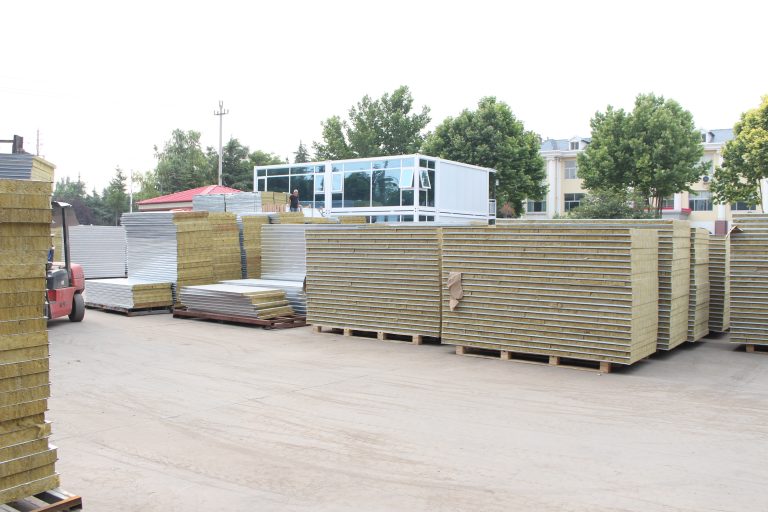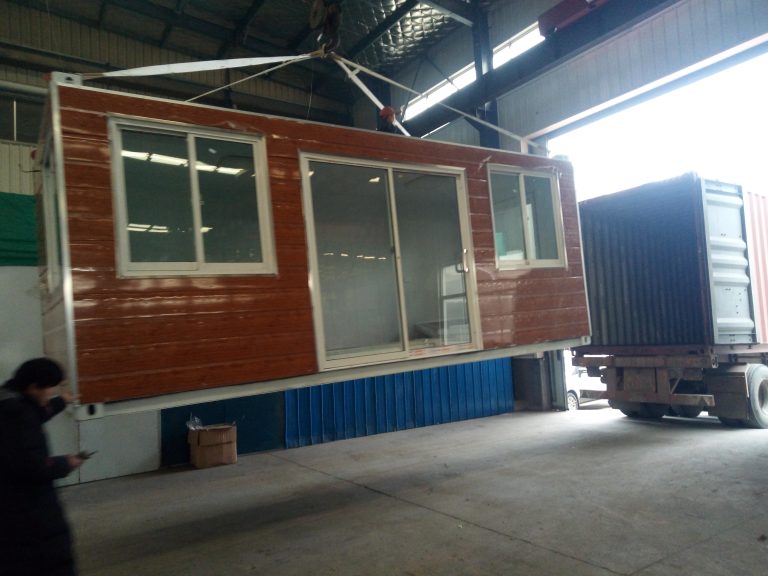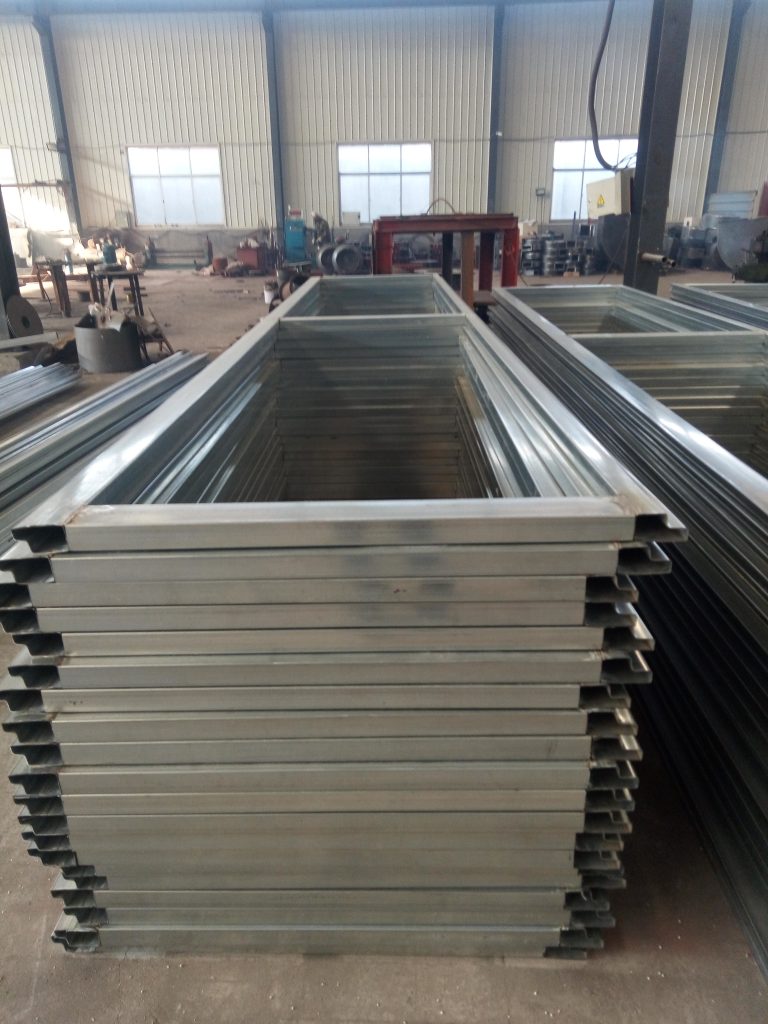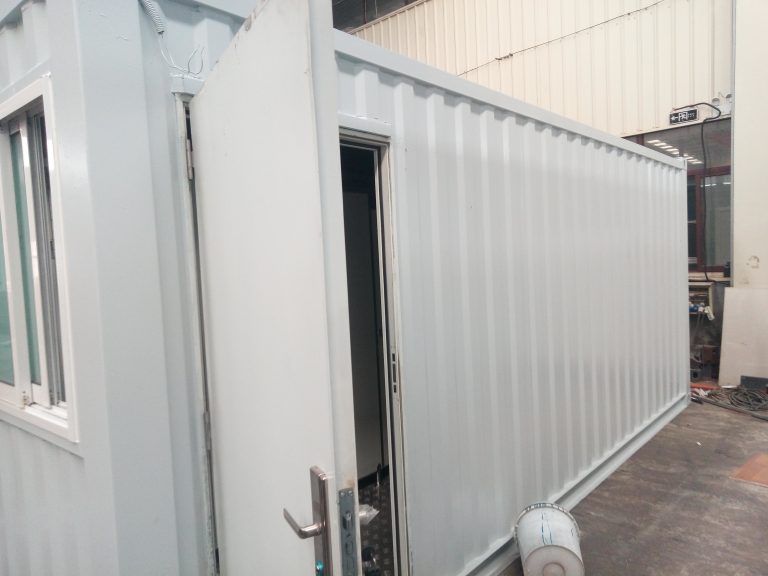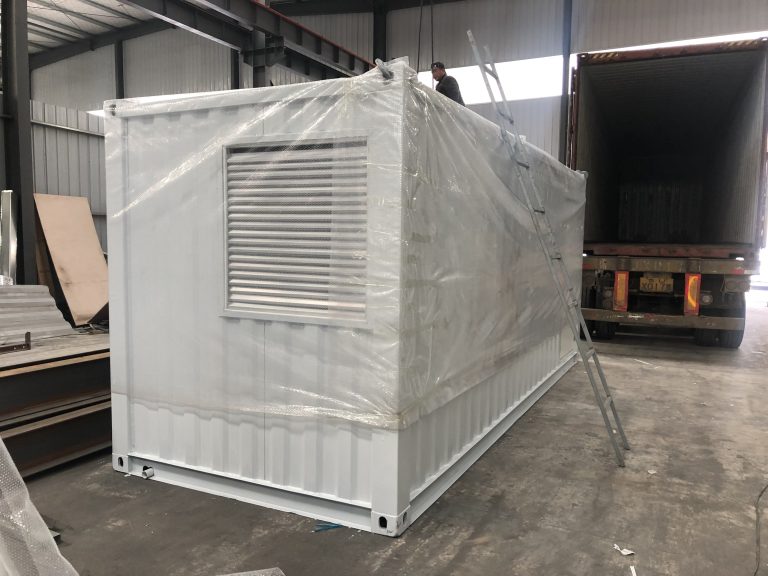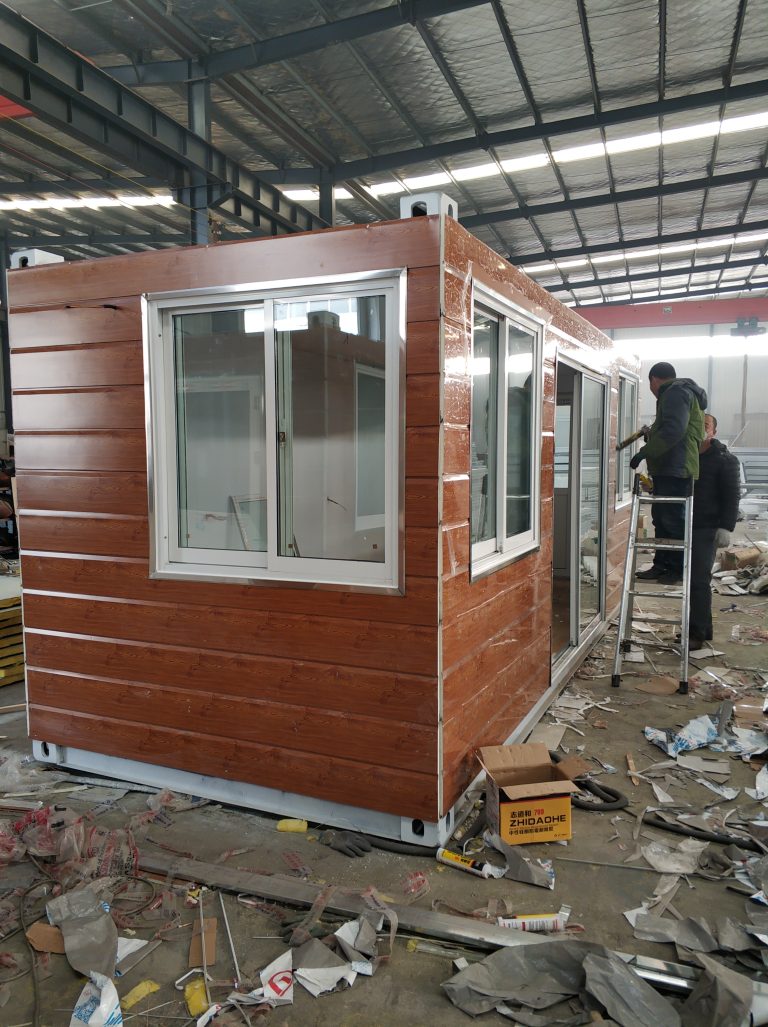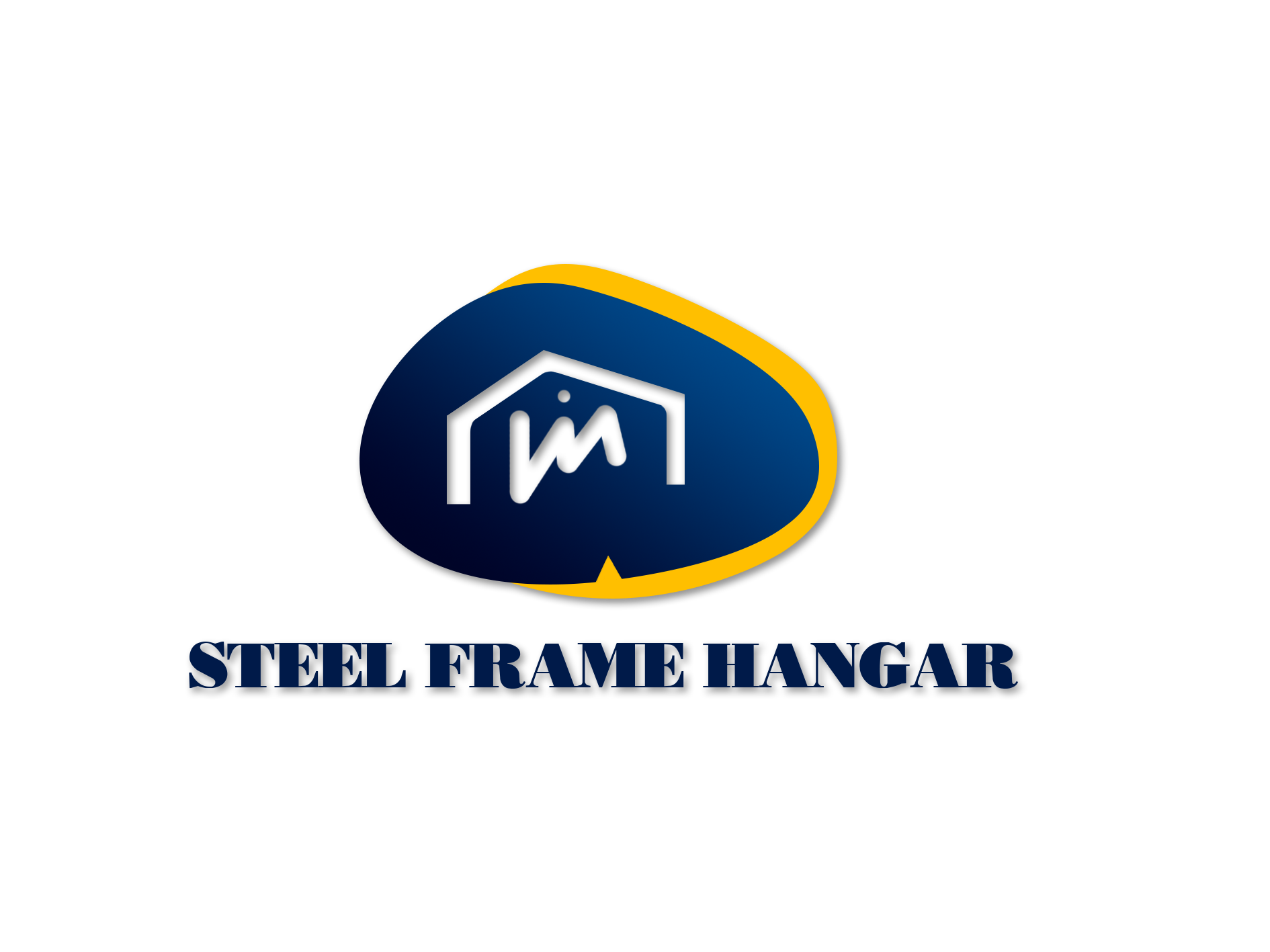The leadership and influence of steel structure in construction industry
Table of Contents
Advantages of Steel Structure in Modern Construction Projects
Steel structures have long been a staple in the construction industry, offering a wide range of advantages that make them a popular choice for modern construction projects. From high-rise buildings to industrial facilities, steel structures provide a durable and versatile solution that can meet the demands of today’s construction industry.
One of the key advantages of steel structures is their strength and durability. Steel is a highly durable material that can withstand extreme weather conditions, seismic activity, and other environmental factors. This makes it an ideal choice for buildings that need to stand the test of time and remain structurally sound for years to come.
In addition to their strength, steel structures are also known for their versatility. Steel can be easily shaped and molded into a wide variety of shapes and sizes, allowing for greater design flexibility and creativity in construction projects. This versatility makes steel structures a popular choice for architects and designers who are looking to create unique and innovative buildings.
Another advantage of steel structures is their speed of construction. Steel structures can be prefabricated off-site and then quickly assembled on-site, reducing construction time and costs. This can be especially beneficial for projects that have tight deadlines or budget constraints, allowing for faster completion and occupancy of the building.
Steel structures are also known for their sustainability. Steel is a recyclable material that can be reused and repurposed, making it an environmentally friendly choice for construction projects. In addition, steel structures can be designed to be energy efficient, reducing the overall carbon footprint of the building and lowering operating costs in the long run.
Furthermore, steel structures offer a high level of fire resistance. Steel does not burn, making it a safer choice for buildings that need to meet strict fire safety regulations. This can provide peace of mind for building owners and occupants, knowing that their structure is built to withstand fire hazards.
In terms of cost, steel structures can be a cost-effective option for construction projects. While the initial cost of steel may be higher than other building materials, the long-term benefits of durability, sustainability, and energy efficiency can outweigh the upfront investment. Additionally, the speed of construction with steel structures can help to reduce labor costs and overall project expenses.
Overall, the leadership and influence of steel structures in the construction industry cannot be understated. With their strength, durability, versatility, and sustainability, steel structures offer a wide range of advantages that make them a popular choice for modern construction projects. Whether it’s a high-rise building, industrial facility, or residential complex, steel structures continue to play a vital role in shaping the future of the construction industry.
The Role of Steel Structure in Shaping the Future of Construction Industry
Steel structures have played a significant role in shaping the construction industry for many years. Their strength, durability, and versatility have made them a popular choice for a wide range of building projects. From skyscrapers to bridges, steel structures have proven to be a reliable and cost-effective option for architects and engineers.
One of the key reasons why steel structures are so widely used in the construction industry is their strength. Steel is one of the strongest building materials available, with a high tensile strength that allows it to support heavy loads without bending or breaking. This makes it an ideal choice for buildings that need to withstand extreme weather conditions or seismic activity.
In addition to their strength, steel structures are also incredibly durable. Unlike other building materials, such as wood or concrete, steel does not rot, warp, or crack over time. This means that steel structures have a much longer lifespan than traditional buildings, reducing the need for costly repairs and maintenance.
Another advantage of steel structures is their versatility. Steel can be easily shaped and molded into a wide variety of shapes and sizes, allowing architects and engineers to create unique and innovative designs. This flexibility has led to the construction of some of the world’s most iconic buildings, such as the Empire State Building and the Eiffel Tower.
Steel structures also offer environmental benefits. Steel is a highly sustainable material, as it can be recycled and reused indefinitely without losing its strength or durability. This makes steel structures a more environmentally friendly option than traditional building materials, such as concrete or brick.
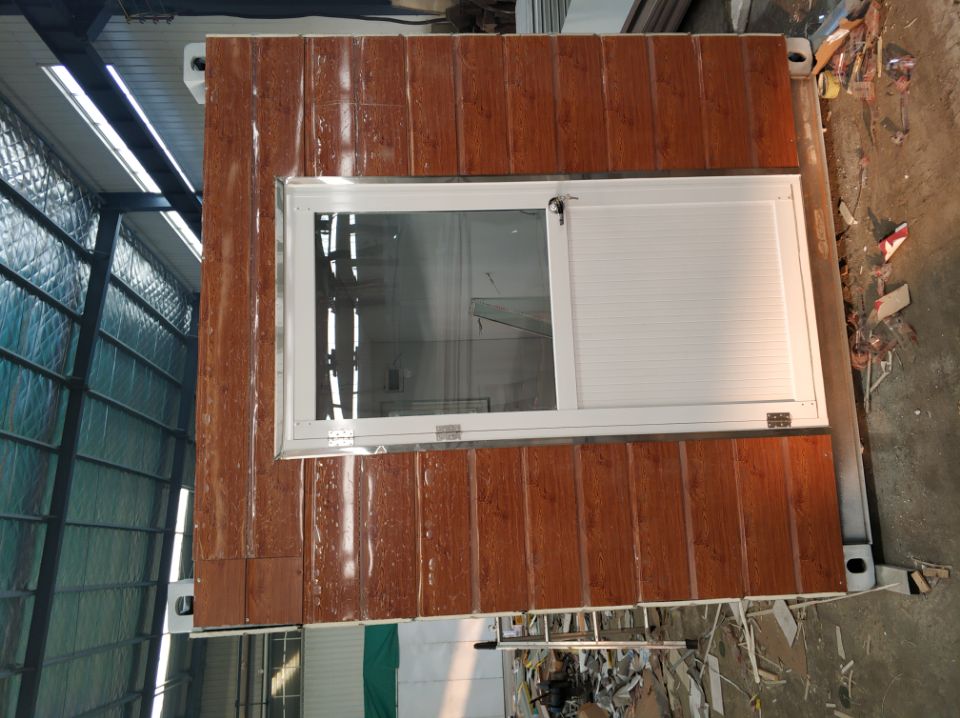
The influence of steel structures in the construction industry extends beyond their physical properties. Steel structures have also had a significant impact on the way buildings are designed and constructed. The use of steel has allowed architects to push the boundaries of what is possible in terms of building height and design, leading to the construction of increasingly complex and innovative structures.
Steel structures have also played a key role in the development of new construction techniques and technologies. The use of steel framing systems, for example, has revolutionized the way buildings are constructed, making the process faster, more efficient, and more cost-effective. Steel structures have also been instrumental in the development of sustainable building practices, such as green building certification programs and energy-efficient design standards.
In conclusion, steel structures have had a profound influence on the construction industry, shaping the way buildings are designed, constructed, and maintained. Their strength, durability, versatility, and sustainability make them an ideal choice for a wide range of building projects, from skyscrapers to bridges. As the construction industry continues to evolve, steel structures will undoubtedly play a key role in shaping its future.

